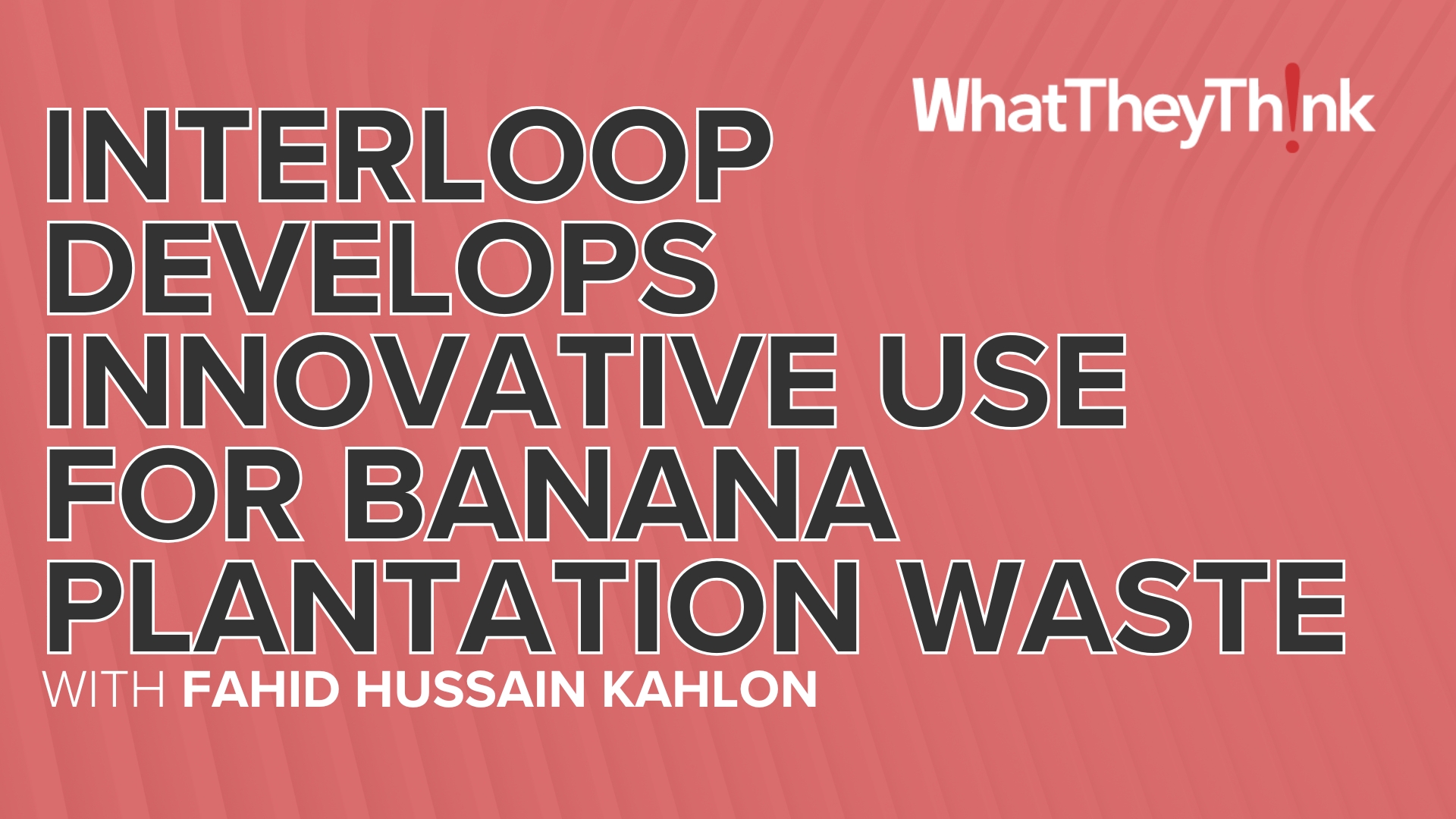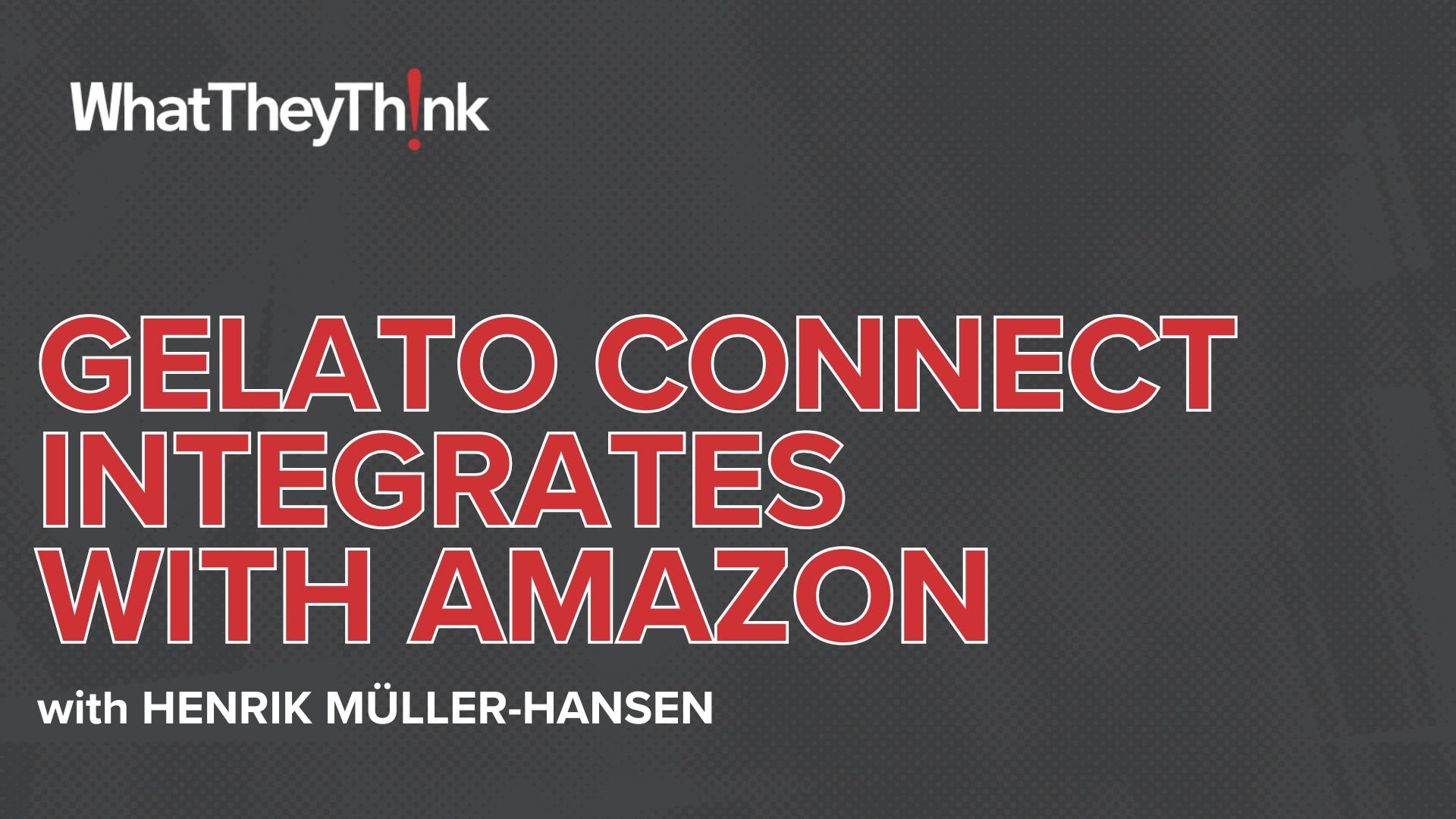Extremely Fast Drying for Water-Based Inks
Press release from the issuing company
New drying concepts solve the challenges
Grafing - Water-based inks have many advantages: Environmental and health aspects, but also functional benefits. The catch? The big challenge so far has been the drying process, especially in terms of speed. Lambda Technology is presenting NIR drying systems for water-based inks at the world's leading trade fair Drupa: The energy-saving hybrid system HyDry is extremely fast and replaces complete continuous ovens over a very short distance. DigiDry for multi-pass applications can be used as pinning and booster modules.
One of the main advantages of water-based inks is their environmental friendliness. Water is used as the main solvent here - in contrast to other types of ink that use chemical solvents such as volatile organic compounds (VOCs). VOCs are not only harmful to the environment, but they can also cause health problems. VOC regulations or incentive taxes are already in place in some countries, including China and Switzerland.
The pigments can be used to create vibrant colours, another advantage of water-based inks. As the water is absorbed by the porous material while the pigments remain on the surface, water-based inks are also ideal for substrates such as cardboard or corrugated cardboard, which are commonly used in the food industry.
However, the inks contain a lot of water, which also needs to be dried and removed during the printing process. Conventional drying ovens often work with fossil fuels and long throughput distances and therefore require a lot of space and time. Speed is a key criterion in the drying process for aqueous inks. This is particularly true for smooth surfaces such as foil or film but has been a challenge until now because the foils absorb too much energy via the ink and then deform if there is too much heat radiation, rendering the process unusable.
This is why handling, radiation technology at the right wavelength and the essential air management are so important. In the right combination, we achieve the economic requirements.
Another challenge in the drying process is that different colours have different energy absorption rates and therefore dry at different speeds on the substrate. This is also largely compensated for by air management.
Lambda DigiDry pinning and booster modules also for multipass applications
One possibility for this is to insert a short drying process after the application of each individual colour, i.e. to first fix the respective ink with the so-called pinning effect, to dry it, so to speak, before it goes into the final drying process. Lambda Technology, an expert in industrial drying processes using NIR and combined radiation technologies, has developed special pinning modules for this purpose. These are compact, lightweight NIR heaters for multipass applications. Near infrared light (NIR) ensures a deep energy input into the substrate and dries or cross-links paints, varnishes and coatings from the inside out. In this way, the short-wave energy input of NIR has a more intensive and efficient effect, which enables shorter process times. With the NIR energy input and the nozzle air integrated into the modules, the drying process parameters can be controlled very precisely. DigiDry for multi-pass applications is available in various sizes. In addition to NIR emitters and air technology, all modules also include communication interfaces.
The penning improves quality by making the colours more brilliant and allowing a reduced quantity of ink to be printed with the same printing requirements, as the inks do not sink into absorbent substrates as quickly.
Lambda's NIR modules are also suitable as boosters for retrofitting existing oven systems to speed up drying processes.
Lambda HyDry hybrid oven system: Extremely fast drying, short distance, low energy consumption
It is also possible to dry all colours simultaneously without smudging. At Drupa, Lambda Technology will be presenting the Lambda HyDry modular hybrid oven system with a technology combination of NIR, IR, air nozzle technology with hot and/or cold air and an energy cycle concept that also utilises the exhaust air.
Lambda HyDry is already in demand from various industries, for example from an automotive supplier for drying and cross-linking automotive films in gravure printing. Energy savings of up to 80 per cent have been achieved here. A current pilot project for drying water-based inks in packaging printing shows that the hybrid system can dry various colours extremely quickly at over 100 m per minute over a short throughput distance and with less energy consumption than conventional fossil drying ovens, and in a single process step instead of several. At Drupa, Lambda's hybrid drying can be seen for example in Uteco's world first, a hybrid line (digital printing and flexo) with a speed up to 300 m per minute and 1.300 mm wide.
This works because, on the one hand, the combination of NIR and IR allows the energy input to be specifically dimensioned. And secondly, because the Lambda HyDry hybrid system has a special air management system with nozzle air that brings warm and cold air to the substrate in a targeted manner and thus cools the surface where it is needed in the drying process of the respective colour. The air flow can therefore be used to control the drying process. In addition, warm air absorbs volatile substances such as water and removes them from the substrate. And because this solution allows drying requirements to be addressed in such a targeted manner, multi-stage processes can be realised in a single pass (patented process technology).
The integrated energy cycle concept utilises the waste heat from the radiation technology for the recirculated air, which also helps to improve the overall energy balance. A heat exchanger can also be used for the system's exhaust air to heat the supply air. Due to the compact design of the energy circuit, only rather small quantities of air need to be heated.
Radiation, air and temperature - all elements can be controlled with the Lambda HyDry, process parameters such as heat input of the radiant energy, air flows (volume + temperature), degree of humidity of the exhaust air or solvent content can be precisely controlled, measured and monitored. This also means that different process variants can be realised with one and the same Lambda HyDry drying system.
The Functional Drying experts are therefore also positioning the Lambda HyDry modular hybrid system family as a compact production accelerator. Key figures from the first customer applications and projects show a 60 to 80 per cent shorter drying and curing time with Lambda HyDry and energy savings of up to 80 per cent compared to conventional drying systems. Thanks to its compact design, the hybrid system can also significantly increase the productivity of the area.
Lambda HyDry is available in various designs, for example as a compact alternative for a complete conventional conveyor oven or as a booster module, in various web widths and construction units for 1 m conveyor sections, whereby several modules can be arranged in a row.
- Questions to ask about inkjet for corrugated packaging
- Can Chinese OEMs challenge Western manufacturers?
- The #1 Question When Selling Inkjet
- Integrator perspective on Konica Minolta printheads
- Surfing the Waves of Inkjet
- Kyocera Nixka talks inkjet integration trends
- B2B Customer Tours
- Keeping Inkjet Tickled Pink
© 2024 WhatTheyThink. All Rights Reserved.














